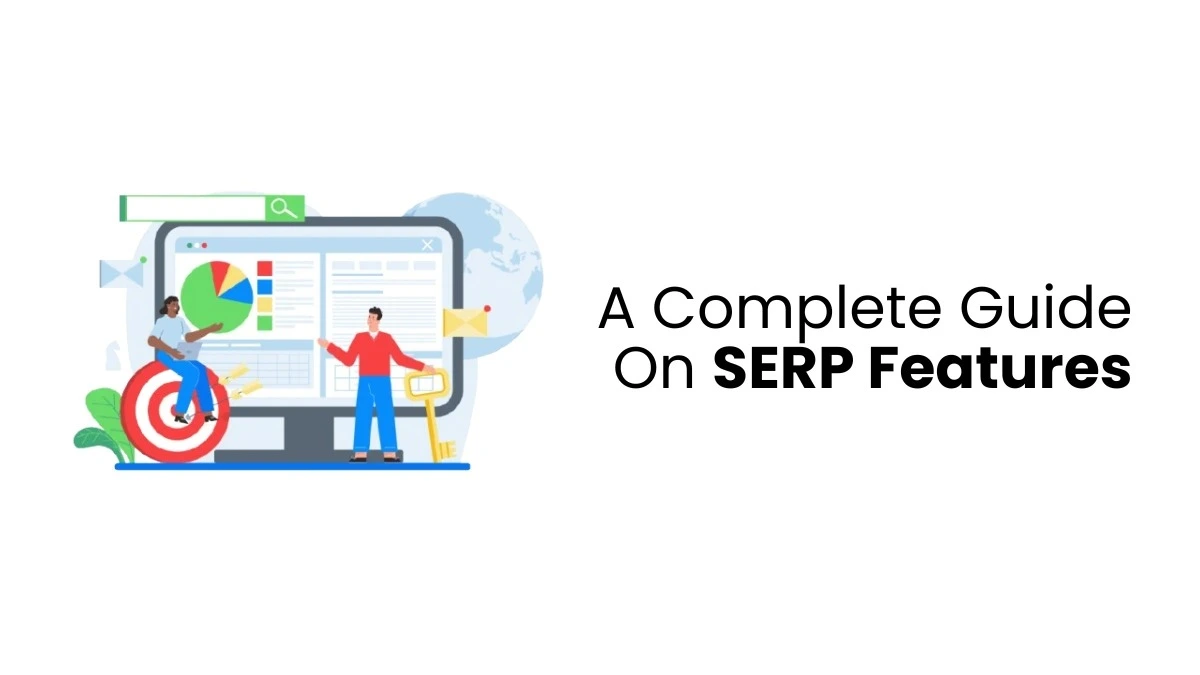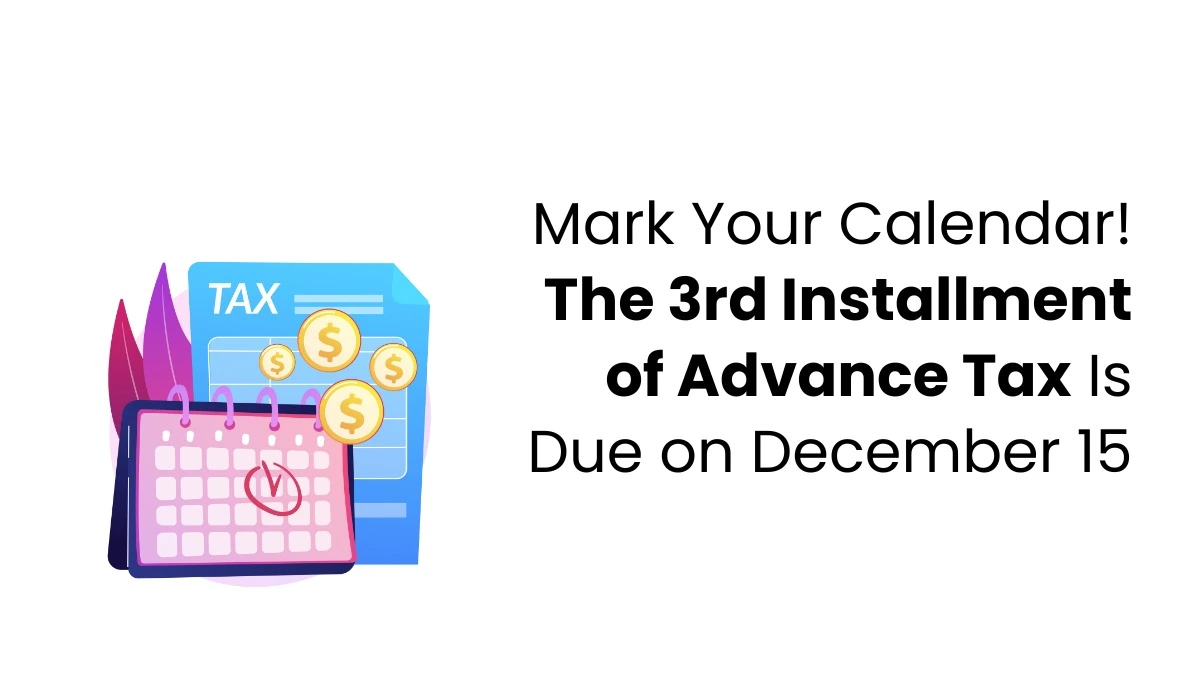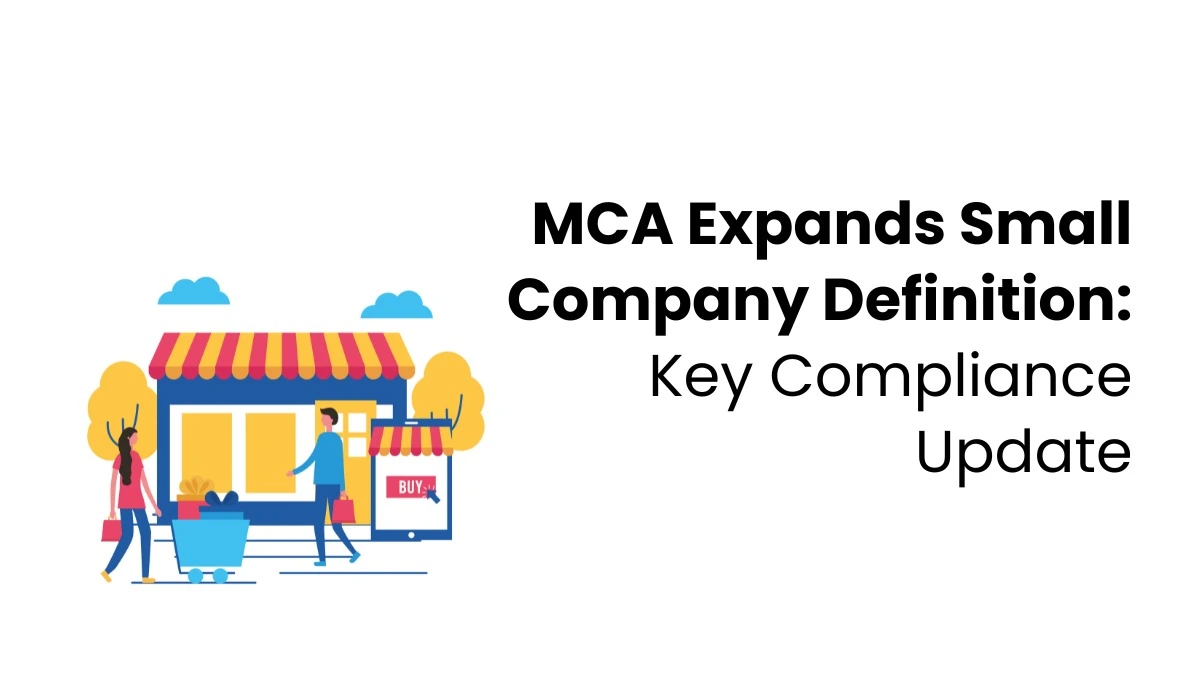Here are 50 practical accounting flash cards covering essential concepts, terms, and practical examples. Each card is concise for quick review. These Accounting flashcards are bite-sized study tools that help you quickly learn and remember key accounting concepts. Each card focuses on one idea, like the accounting equation, journal entries, or financial ratios.
Why flashcards work:
- Learn faster – Hard topics made simple
- Remember more – Review helps it stick
- Study anywhere – Use on the go
- Test yourself – See what you know
It is advised to look for the best accounting training institute. Our practical courses, taught by seasoned professionals, provide a clear explanation of these flashcards. Let’s go through our flash cards:
1. The Core Accounting Equation
At the heart of accounting: What you own (Assets) equals what you owe (Liabilities) plus what’s left for owners (Equity).
Assets = Liabilities + Owner’s Equity
2. Expanded Accounting Equation
A detailed version that tracks owner activity and profitability:
Assets = Liabilities + Owner’s Capital – Owner’s Withdrawals + Revenues – Expenses
3. Debits & Credits Simplified
- Increase with Debit: Assets, Expenses, Dividends
- Increase with Credit: Liabilities, Equity, Revenue
Remember: Debits and credits must always balance!
4. Cash Sale Example
Sold $1,000 worth of products for cash:
- Add $1,000 to Cash (debit)
- Add $1,000 to Revenue (credit)
5. Credit Sale Example
Sold $1,500 worth of products on credit:
- Add $1,500 to Accounts Receivable (debit)
- Add $1,500 to Revenue (credit)
6. Buying Inventory on Credit
Bought $800 of inventory now, pay later:
- Add $800 to Inventory (debit)
- Add $800 to Accounts Payable (credit)
7. Using Prepaid Rent
Used 1 month of $1,200 annual prepaid rent:
- Add $100 to Rent Expense (debit)
- Subtract $100 from Prepaid Rent (credit)
8. Earned But Unpaid Interest
Earned $300 interest that’s not paid yet:
- Add $300 to Interest Receivable (debit)
- Add $300 to Interest Revenue (credit)
9. Unpaid Wages Owed
Employees earned $500 that’s not paid yet:
- Add $500 to Wages Expense (debit)
- Add $500 to Wages Payable (credit)
10. Depreciation Entry (Straight-Line)
Equipment costs $12,000, 5-year life:
- Debit Depreciation Expense $200/month
- Credit Accumulated Depreciation $200
11. COGS Calculation
Formula:
COGS = Beginning Inventory + Purchases – Ending Inventory
12. Trial Balance Purpose
Verifies total debits = total credits (no guarantee of accuracy).
13. 4 Financial Statements
- Balance Sheet
- Income Statement
- Cash Flow Statement
- Statement of Owner’s Equity
14. Balance Sheet Formula
Assets = Liabilities + Equity
15. Income Statement Formula
Revenue – Expenses = Net Income
16. Cash Flow Statement Sections
- Operating Activities
- Investing Activities
- Financing Activities
17. Working Capital Formula
Current Assets – Current Liabilities
18. Current Ratio Formula
Current Assets / Current Liabilities
19. Quick (Acid-Test) Ratio
(Cash + AR + Marketable Securities) / Current Liabilities
20. Debt-to-Equity Ratio
Total Liabilities / Total Equity
21. Gross Profit Formula
Total Liabilities / Total Equity
22. Net Profit Margin
Net Income / Revenue
23. Return on Assets (ROA)
Net Income / Total Assets
24. Return on Equity (ROE)
Net Income / Shareholder’s Equity
25. Inventory Turnover Ratio
COGS / Average Inventory

26. Accounts Receivable Turnover
Net Credit Sales / Average AR
27. Accounts Payable Turnover
Total Purchases / Average AP
28. Accrual Accounting Principle
Record revenue when earned, expenses when incurred (not when cash moves).
29. Cash Accounting
Record revenue/expenses only when cash is received/paid.
30. Revenue Recognition Principle
Record revenue when the performance obligation is satisfied.
31. Matching Principle
Match expenses to related revenues in the same period.
32. Conservatism Principle
Anticipate losses, but not gains (e.g., inventory write-downs).
33. Going Concern Assumption
Assumes the business will operate indefinitely.
34. Materiality Concept
Only record transactions significant enough to impact decisions.
35. Consistency Principle
Use the same accounting methods period-to-period.
36. Double-Entry Accounting
Every transaction affects at least two accounts (debit = credit).
37. GAAP vs. IFRS
- GAAP: Rules-based (U.S.)
- IFRS: Principles-based (global)
38. FIFO vs. LIFO Inventory
- FIFO: First-In, First-Out (matches current prices to COGS)
- LIFO: Last-In, First-Out (U.S.-only, tax advantage)
39. Perpetual vs. Periodic Inventory
- Perpetual: Continuously updated (modern systems)
- Periodic: Counted periodically (manual)
40. Bad Debt Expense Methods
- Direct Write-Off: Records when uncollectible (not GAAP)
- Allowance Method: Estimates bad debts (GAAP)
41. Amortization
Spreads intangible asset costs (e.g., patents) over useful life.
42. Book Value Formula
Asset Cost – Accumulated Depreciation
43. Capital Expenditure (CapEx) vs. Revenue Expenditure
- CapEx: Improves asset (capitalized)
- Revenue Exp.: Maintains asset (expensed immediately)
44. Retained Earnings Formula
Beginning RE + Net Income – Dividends = Ending RE
45. Dividends Impact
Reduce retained earnings (not an expense!).
46. Owner’s Draw vs. Salary
- Draw: Reduces equity (sole proprietors/partnerships)
- Salary: Expense (corporations)
47. Bank Reconciliation Items
- Add to Book Balance: Deposits in transit, bank errors
- Subtract from Book Balance: Outstanding checks, NSF checks
48. Internal Controls Examples
- Segregation of duties
- Reconciliations
- Approval workflows
49. Sarbanes-Oxley Act (SOX)
Mandates internal controls for public companies to prevent fraud.
50. Accounting Cycle Steps
- Analyze transactions
- Journal entries
- Post to the ledger
- Trial balance
- Adjusting entries
- Financial statements
- Closing entries
Conclusion
Practical Accounting flash cards make learning easy. They break complex topics into small pieces, help you remember important ideas, and let you practice real accounting work. You can use them anytime, anywhere – perfect for quick study sessions. Plus, the simple question-and-answer format helps test your knowledge as you learn.
The right accounting courses don’t just teach theory – they include actual practice with:
- Real business scenarios
- Help from experienced professionals
- Practical exercises that build true understanding
For the best accounting course, pair these flashcards with hands-on training from industry experts to fast-track your success.










